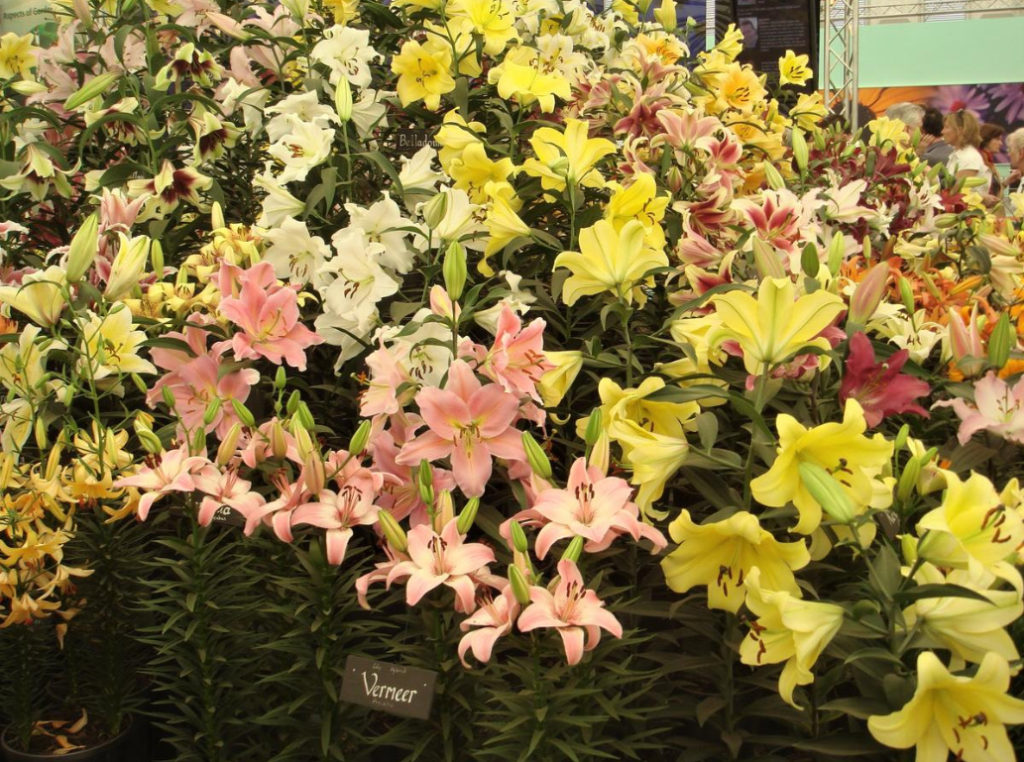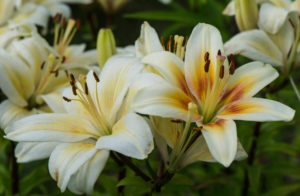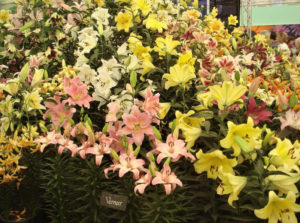The modern variety of lilies not only admires and surprises, but also sometimes is able to confound even experienced gardeners. How to understand this sea of our favorite flowers and choose the kind of Lily that you will be able to grow? After all, these capricious beauties are not all the same in care.
Classification of lilies
Currently, the International Lily Register has more than 5,000 varieties and more than 100 species. All varieties and hybrids are divided into 8 groups, 9 are wild species. In a rather difficult classification of lilies are considered basic The Asiatic Hybrids, The Oriental Hybrids, The Trumpet Hybrids, Candidum Hybrids, Longiflorum Hybrids, and The Martagon Hybrids. Consider their features.
Asian hybrids
The most unpretentious and winter-hardy, resistant to diseases. Different variety of colors. The diameter of the flower is 10-12 cm, plant height up to 1.5 m. it is Easy to reproduce a subsidiary of bulbils, scales. Quite undemanding to soils, but develop better on neutral or slightly acidic loose soils. Able to grow in partial shade. The shape of a flower can be star-shaped, cupped.
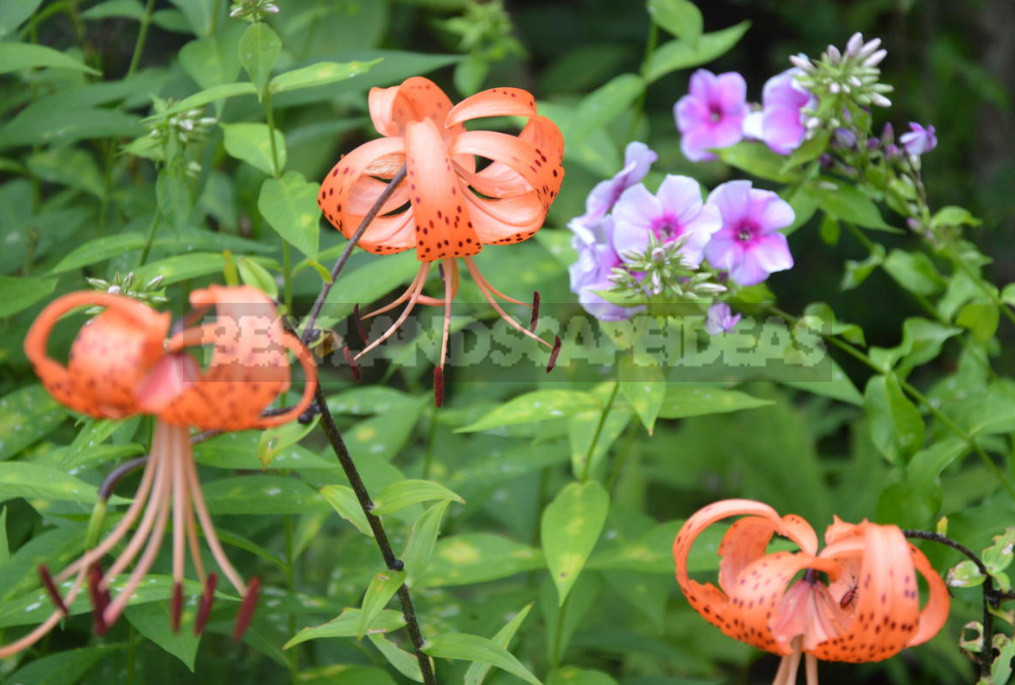
The common drawback is the lack of smell. Their fine varieties:
- ‘Monte Negro’. The flowers have a rich dark red wine color, Burgundy anthers, shiny petals;
- ‘Lollypop’ with white and pink flowers;
- ‘Rino’ has salmon-pink flowers;
- ‘Vermeer’ has silver-pink flowers;
- ‘Chianti’ with pale pink petals;
- ‘Сancun’ — a bright, orange-yellow;
- ‘Barcelona’ with yellow-red flowers.
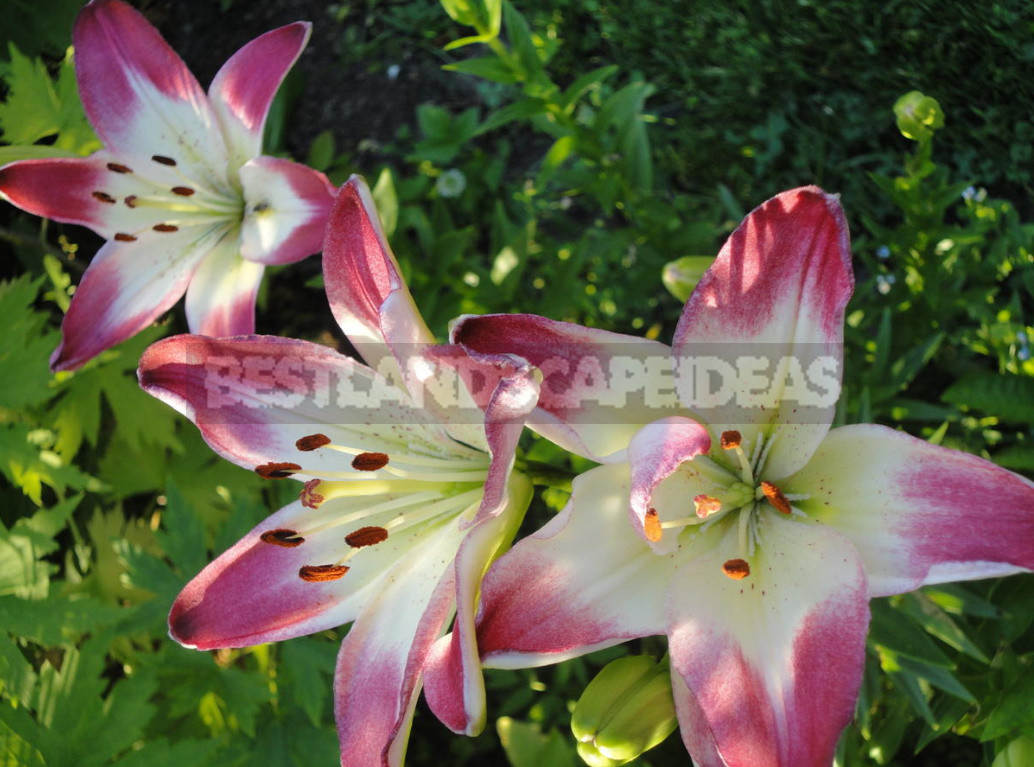
There are Terry varieties, for example, ‘Cocktail Twins’ – red-orange, with cream strokes in the center of the petals, ‘Double Sensation’ — dark red with white center.

Eastern hybrids
This group includes the largest varieties, plant height sometimes reaches 2.5 m. Spectacular large flowers up to 30 cm in diameter, intoxicating and strong aroma. However, this group is the most difficult in culture. Orientals are very demanding to the growing conditions, can not tolerate excessive moisture. In the fall need to be covered from rain, and in the spring from the return of frost. Prefer loose, well-drained acidic soil. In one place are usually grown for 4-6 years, then the nest share.

Flowers may have different shapes. Popular varieties: ‘Corvara’, ‘Pompei’, ‘Siberia’. Very interesting variety ‘Marco Polo’ — pale pink, with light nettle flowers, wavy edge of the petals. ‘Stargazer’ – crimson-red middle with a white frill on the edges, elegant, recognizable Lily. ‘Montreal’ – white, in the middle of the petals is a yellow stripe, orange anthers, ‘Muscadet’ – snow-white with pink specks, orange anthers.
Tubular hybrids
The typical representative — L. regale, symbol of French kings. The height of the lilies of this group is from 0.5 to 1.8 m, tubular flowers or Cup-shaped up to 20 cm. there Are many varieties with different colors of the perianth — pure white, cream, lemon yellow, bright yellow, pink, lilac. The beauty and variety of flower shapes, wonderful aroma, relative resistance to viral and fungal diseases make lilies of this group especially valuable.

However, in culture, they are extremely choosy, can not tolerate waterlogging and acidic soils, are better at neutral soils. Need a mandatory autumn shelter from the rains. To do this, use a film, slate or roofing material. Acidic soil should be limed, add gravel and sand.
Differ weak frost resistance, require winter shelter spruce branches or dry foliage. This is especially important in the case of snowless late autumn and severe winter. Known interesting varieties: ‘Golden Splendor’, ‘Pink Perfection’, ‘Destiny’.
Long-flower hybrids
Have a refined shape of a flower having the shape of a vintage gramophone with curved tips of the petals, and delicate aroma. Height 0,8-1,0 m. Extremely demanding to the growing conditions, in need of greenhouse (literally and figuratively) conditions. Grown for cutting, they offer us in flower shops. These hybrids are used in breeding new varieties. Interesting variety ‘Snow Queen’ with very large white flowers with a cream center.
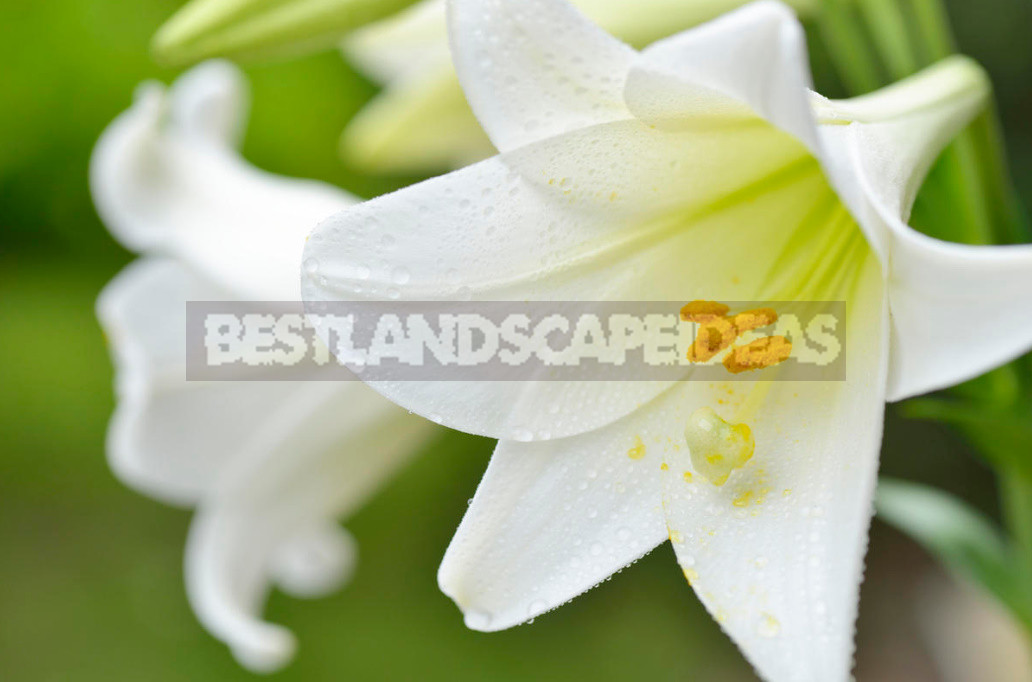
Snow-white hybrids
Have tubular flowers with curved petal tips, grow well on alkaline soils. Varieties a bit. The flowers are white or yellow in different shades, have an intense aroma. Height 1.2-1.8 m. Highly susceptible to fungal diseases, it is better to grow in the southern regions.

Martagon hybrids
Derived from the species L. martagon. From the total number of stand out height (up to 2 m), they are often offered to inexperienced gardeners as a Lily tree. Differ abundant and long flowering.
The plant looks like a chandelier studded with very small flowers (5-8 cm) in orange-brown color with specks. There are also varieties with purple, cherry, yellow flowers. Sort ‘Moonbeam’, for example, has white flowers with a pale black and brown speckles.
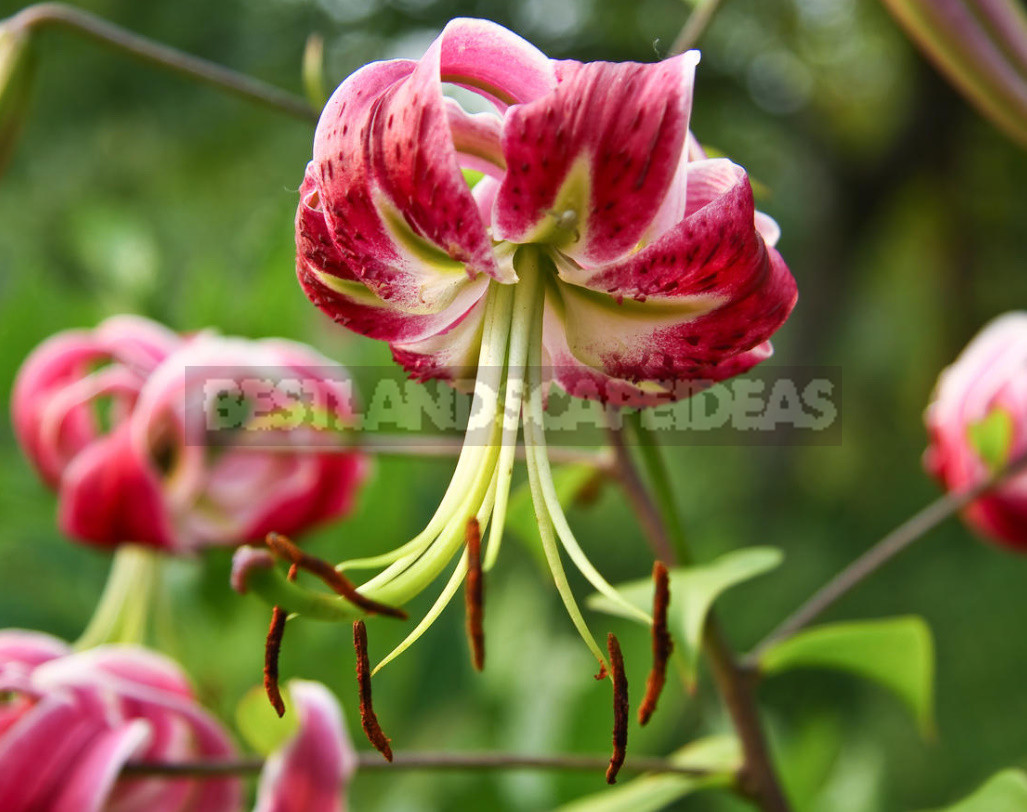
On one stem can be up to 25 flowers. Durable, not susceptible to fungal diseases. These lilies have a low coefficient of reproduction, which determines their high price. Moreover, the spread of this group is limited by the fact that the martagons are extremely disliked transplants. Prefer shady and semi-shady places, loose, rich in organic acidic soils and deep planting.
